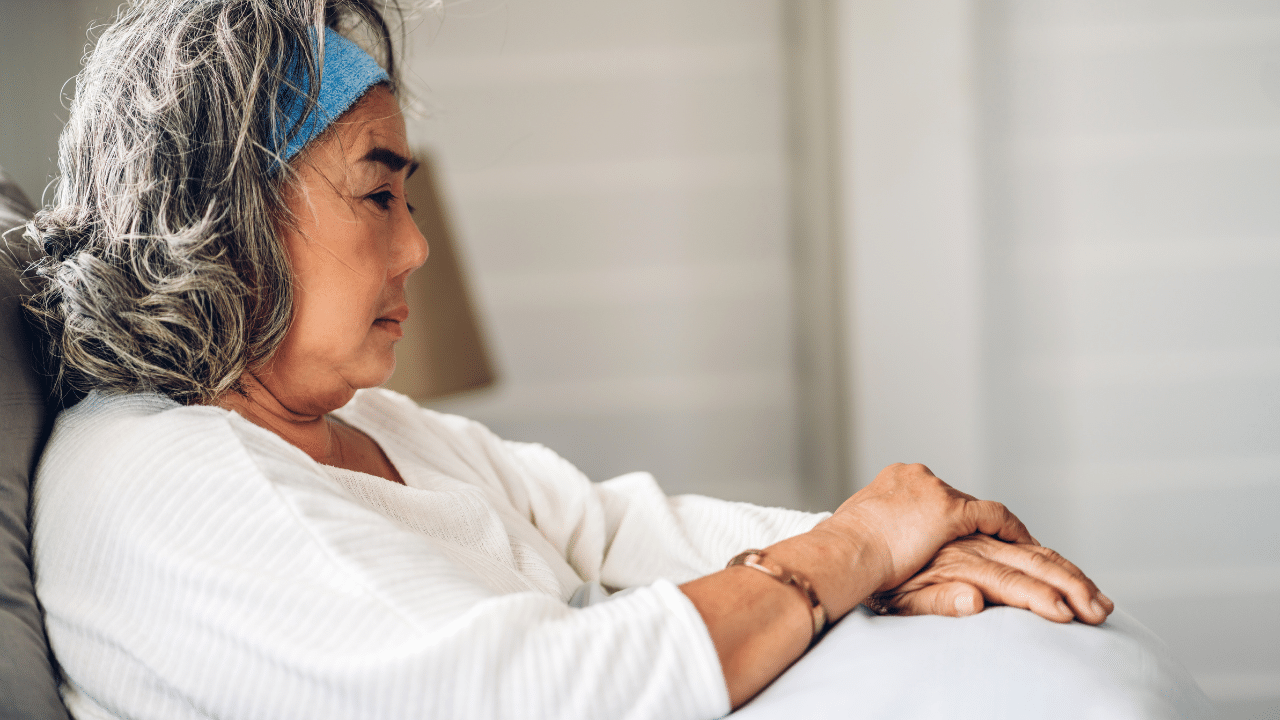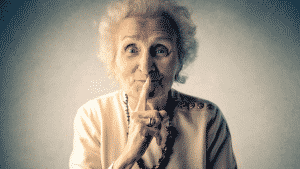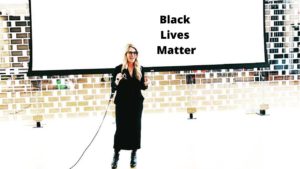Today we’re diving deep into a topic that affects many older adults but is often misunderstood: depression and anxiety.
While these mental health conditions are prevalent among older adults, they are not a normal part of aging and deserve our attention and care.
Episode Highlights:
-
Understanding Depression and Anxiety in Older Adults:
- Depression and anxiety are prevalent but not normal aspects of aging.
- These conditions need to be recognized and treated to prevent serious health impacts
-
Effective Treatments Available:
- A combination of medications and psychotherapies can effectively treat anxiety and depression in older adults.
- Encouraging older adults to seek help can significantly improve their quality of life.
-
Impact of Untreated Mental Health Conditions:
- Untreated depression and anxiety can worsen medical conditions, increase hospital stays, and lead to more functional impairments.
- The importance of addressing mental health to improve both psychological and physical well-being.
-
Identifying Symptoms of Depression (SIGECAPS):
- Sleep: Changes in sleep patterns.
- Interest: Loss of interest in activities.
- Guilt/Despair: Feelings of hopelessness.
- Energy: Decreased energy levels.
- Concentration: Difficulty concentrating.
- Appetite: Changes in appetite.
- Psychomotor changes: Agitation or slowing down.
- Social isolation: Withdrawing from social interactions.
-
Signs of Anxiety in Older Adults:
- Excessive worry, fear, and a sense of doom.
- Avoiding daily routines and social situations.
- Physical symptoms like a racing heart, shallow breathing, and muscle tension.
-
Encouraging Medical Evaluation:
- Symptoms of depression and anxiety can also indicate medical problems or medication side effects.
- Starting with a primary care provider to rule out physical health issues is crucial.
-
The Five D’s of Suicide Risk:
- Depression
- Disability
- Disconnectedness
- Disease
- Deadly means
- Understanding these risk factors helps us intervene and provide the necessary support.
-
Fostering Hope and Connection:
- Social engagement, cultivating meaning and purpose, and reflecting on past resilience are key protective factors against depression and anxiety.
- Respecting the autonomy and wishes of older adults in their mental health journey is essential.
Key Takeaway:
Every person, at every age, is worthy of healing, transformation, and love. There is no expiration date on this process. By understanding and addressing the mental health needs of older adults, we can help them find a greater sense of peace, belonging, and hope for a better tomorrow.
Thank you for joining me today. If you noticed any signs of depression or anxiety in the older adults in your life, I hope this episode inspires you to encourage them to seek help. Together, we can make a difference in their lives by promoting mental health and well-being. Remember, you are not alone in this journey. We are in this together, and there is always hope.
Stay connected and take good care.
Support the Show
If you enjoyed this episode, please leave a review and share it with others who might benefit from this information. Your support helps us reach more people and make a positive impact.

About Dr. Regina Koepp
Dr. Regina Koepp is a board certified clinical psychologist, clinical geropsychologist, and founder and director of the Center for Mental Health & Aging: the “go to” place online for mental health and aging. Dr. Koepp has been featured in NY Times and NPR and is a sought after speaker on the topics of mental health and aging, caregiving, ageism, resilience, sexual health and aging, intimacy in the context of life altering Illness, and dementia and sexual expression. Learn more about Dr. Regina Koepp here.





